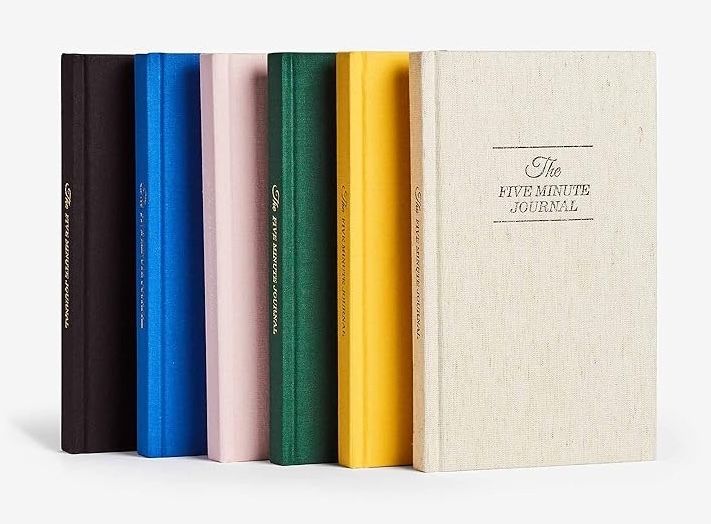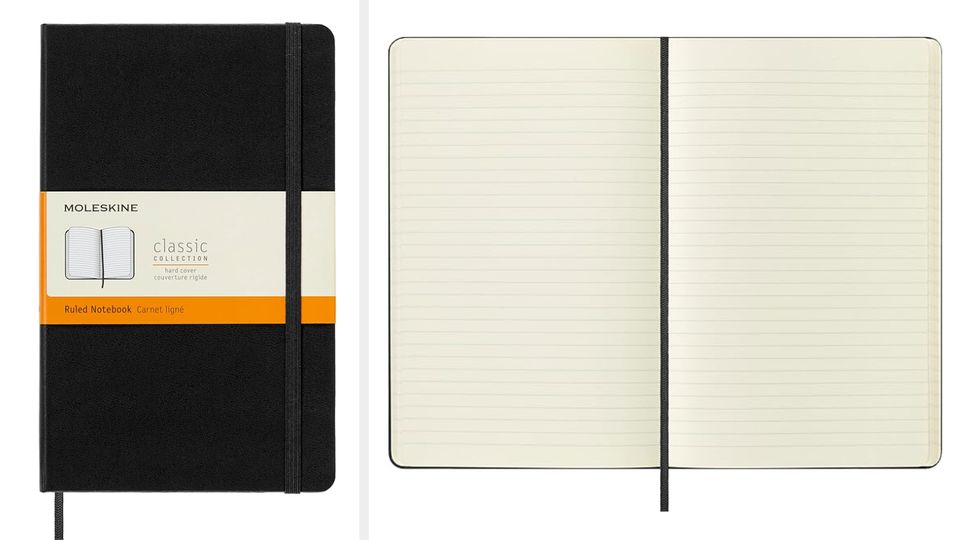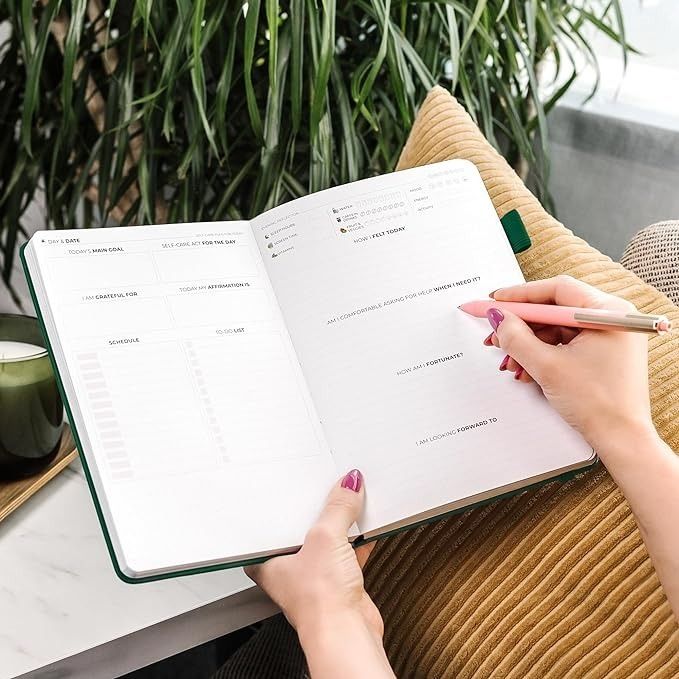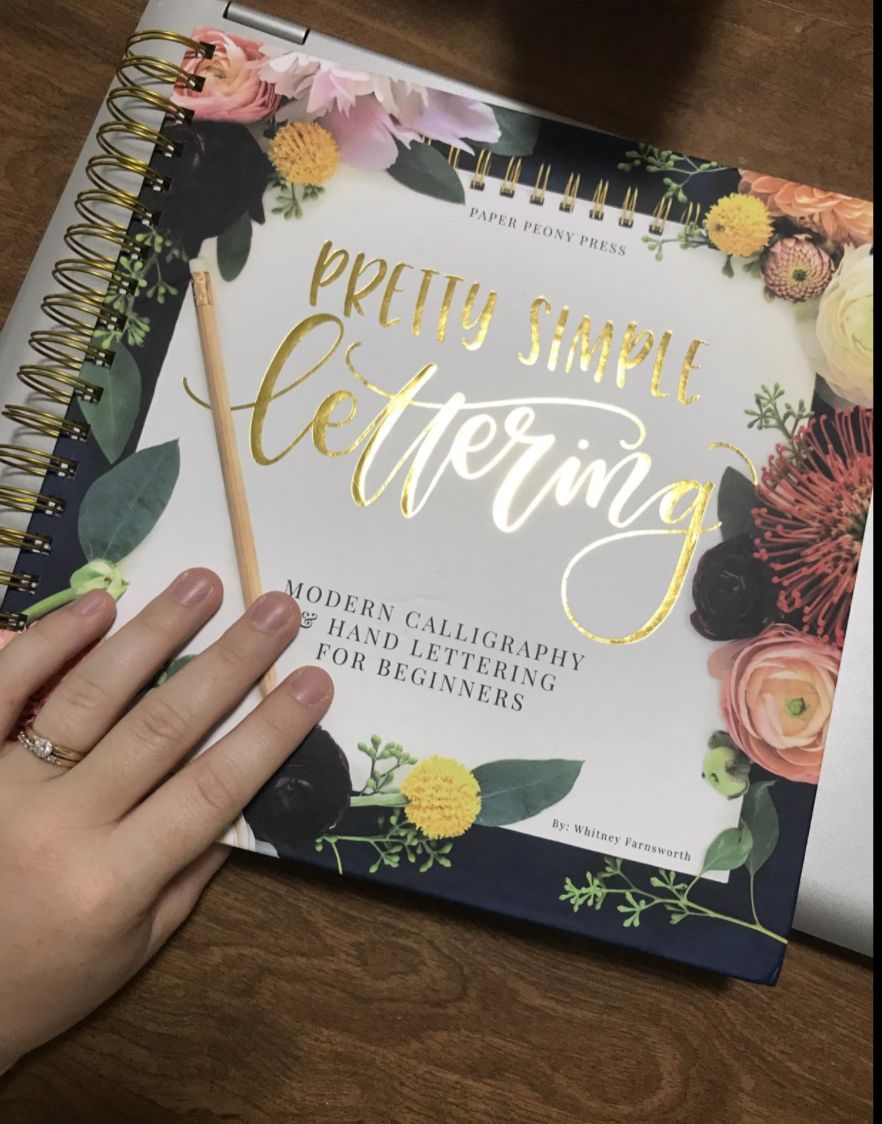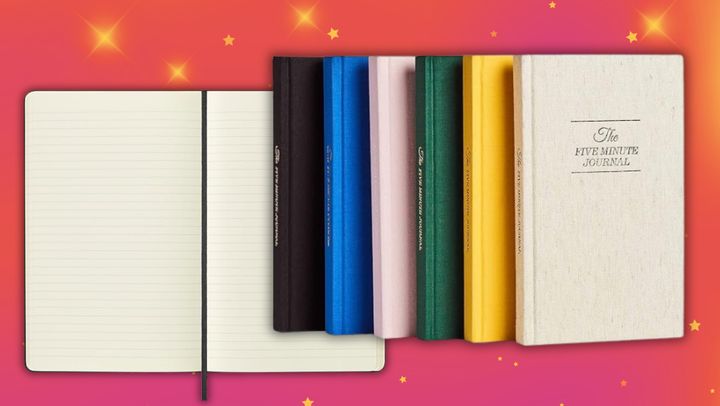
What’s the real value of journaling? According to mental health experts, its worth can hardly be overstated.
“Journaling is amazing. It can help lower depression and anxiety by helping reframe our thoughts,” therapist David Ibrahim, who runs Los Angeles-based trauma therapy clinic Glendale Counseling Services, told HuffPost by email. “Researching shows that [journaling] 15 minutes a day can improve mental health.
“[I find that] many people come to therapy and have no clue what are they feeling or needing,” he added. “If we don’t know what we’re feeling or needing, how do we function in relationships? Or even understand the emotions and needs of others? So journaling is a way into intimacy with the self, allows us to hear our own voice [and] develop a relationship with ourselves.”
Journaling can also increase your communication skills and help with distress tolerance, so you can better cope with difficulties that arise in your life, said Yara Mawad, a Los Angeles-based therapist, by email. Plus, folks may enjoy the process of recording their daily lives so they can reflect at a later time.
“If you are a person who appreciates documentation and find it helpful to look back at certain points in your life to remind yourself where you were and how you were feeling in those moments, journaling can give you the experience of being able to visually see how far you have come from then to now,” Mawad wrote.
The main takeaway? “Being intentional and reflective at least once in your day is a small change that can make a big difference in various areas of your life,” said Mawad. “Be open to trying new things and different kinds of journaling!”
Below, we’ve rounded up some great journals based on recommendations by Mawad and Ibrahim, including options with guided prompts, journals for freeform writing or ones designed for the kid in your life. Read on for our favorite picks to shop.
HuffPost and its publishing partners may receive a share from purchases made via links on this page. Every item is independently selected by the HuffPost Shopping team. Prices and availability are subject to change. The experts consulted for this story do not necessarily endorse the products ahead unless otherwise noted.
We chose this five-minute daily journal based on Mawad's recommendations. It includes specific prompts designed for cultivating gratitude and self-reflection, including areas to jot down daily highlights, weekly challenges and affirmations. It's specifically designed to be a "journal for people who don't write journals," and its five-minute premise helps ensure that it's a habit that's manageable enough to stick to.
It has enough pages for six months' use and is purposefully undated to ensure that you can start it up at any time.
It can also be especially helpful for folks experiencing particularly overwhelming emotions. "It can feel good to write with no stopping point on an empty page to feel like it has left your system."
When it comes to freeform journaling, you can't go wrong with an ever-popular Moleskine, which happens to be one of therapist David Ibrahim's personal favorites. "I personally love Moleskine," wrote Ibrahim. "I found them when I was younger... and have like 20 filled out with all my notes. I love the smoothness of the pages."
"These journals allow growing humans to journal in different ways (including drawing), allowing for different ways to learn, understand, connect and reflect," wrote Mawad. 'Big Life Journal'also is designed to help children build confidence, develop social-emotional skills and learn how to set and achieve goals.
"Carefrontation" suggests one interesting practice, among others: "In Inner Child work, we have the patient journal with both left and right hands to let the inner child speak with the non-dominant hand and then to talk back as a healthy [adult] using the dominant hand," explained Ibrahim. "This way the patient can nurture [that little kid in themselves] and build compassion for the [adult] self."
